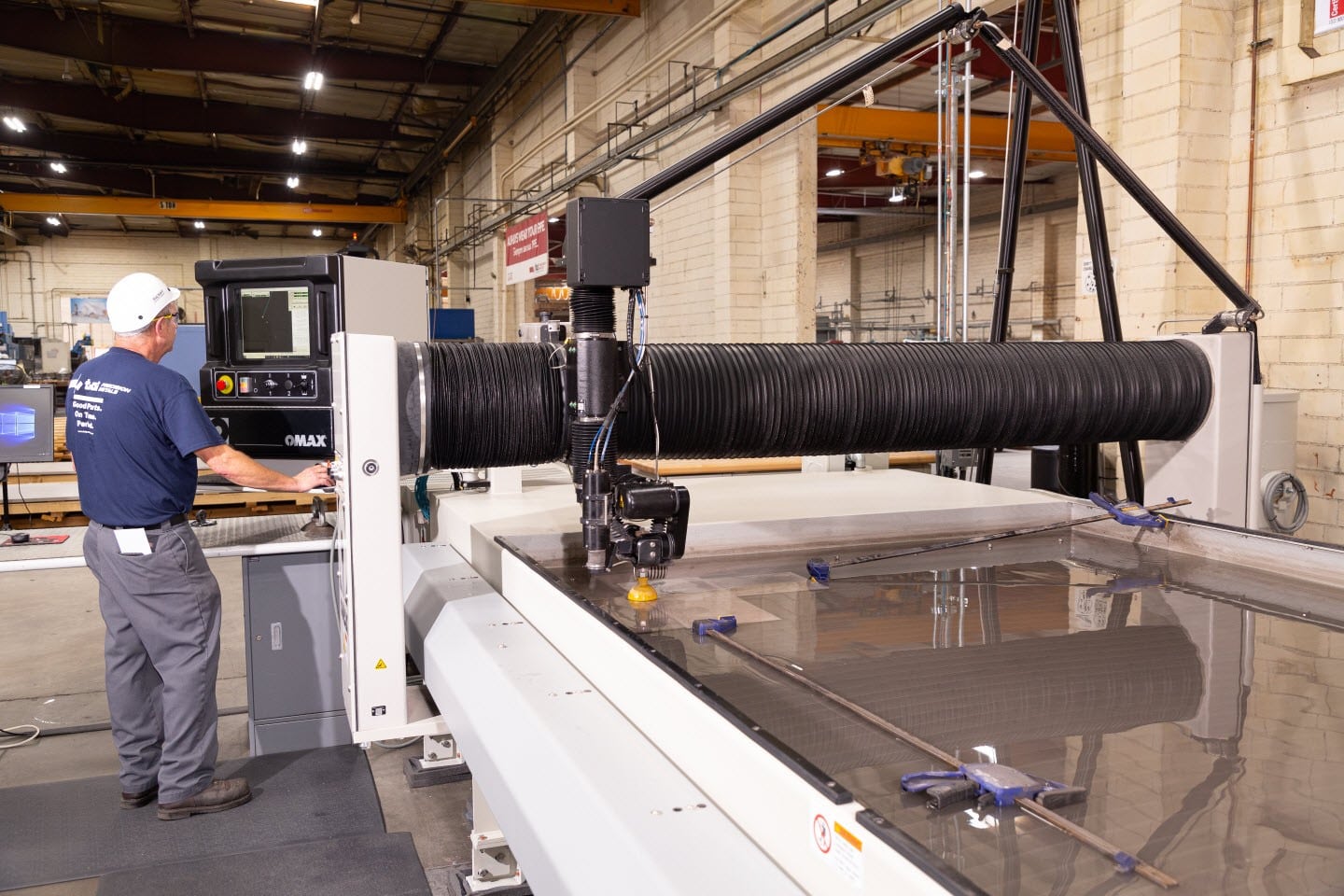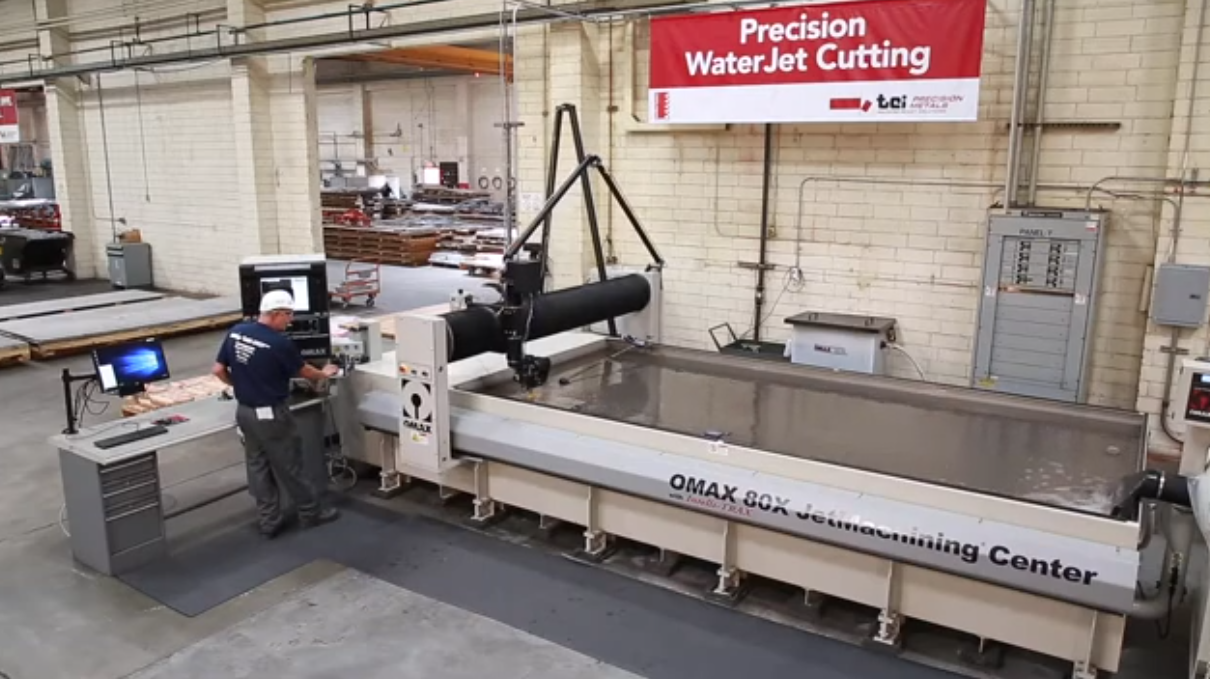Product Data Management is a critical process within engineering and design teams. The way data is handled directly impacts productivity, accuracy and long-term project quality. Poor data management leads to obvious problems like time loss and financial waste, but also to subtle issues such as design inconsistencies, miscommunication and vulnerabilities in intellectual property. In 3D modeling environments, these issues become even more evident. Teams must share progress, collaborate remotely and avoid generating unnecessary file copies—yet traditional workflows often fail at this.
Visualization and Communication Challenges
Engineering teams must constantly communicate with supervisors, executives and other departments. To show project progress, they often create and send multiple copies of the same 3D model through email or shared drives. This requires every recipient to have compatible software installed and creates several operational risks.
The Problem With Unnecessary Copies
Every time a 3D model file is shared, a new copy of a specific version leaves the team’s control. This brings several challenges:
– Loss of control over intellectual property when files circulate outside the team
– Outdated versions spreading across the organization
– Confusion for teams who don’t know which version is the latest
– Risk of using old files to make decisions or manufacture parts
How Version Confusion Impacts Projects
Imagine that engineering sends a model to manufacturing and executives. Executives request updates, engineers revise the model, and the new file is sent. But someone in manufacturing accidentally uses an older version from their inbox. The result: wasted time, wasted materials and delays in the production process. This scenario is common when file-based workflows depend on email sharing.
Intellectual Property Risks
When large teams or external consultants collaborate on a design, different members may work on different versions of the model. This leads to rework, inconsistencies and duplicated efforts. Third-party advisors also need access to the model, and they may create their own versions for analysis. With so many copies circulating, it becomes difficult to control who has what and whether the design might be used without authorization. Traditional CAD systems make this risk worse because they rely on local files that can easily be duplicated.
How to Solve These Data Management Issues
The solution is to change the way data is handled. A modern approach is to use collaborative, cloud-based 3D CAD software that includes built-in data management tools, eliminating the need for separate PDM systems. This ensures version control, centralized access, and secure sharing—all without generating unnecessary copies.
How SolidFace Helps
SolidFace brings all design data into a single, centralized environment. This prevents outdated versions from circulating and ensures that every team member accesses the most recent file. You can grant controlled access to executives, suppliers or advisors, choosing whether they can view or edit—and even manage how long their access remains active. If any external party needs to edit a file, SolidFace keeps a full version history that allows you to revert changes when needed. This approach protects intellectual property, eliminates redundant copies and ensures that collaboration happens cleanly, efficiently and securely. By adopting SolidFace, engineering teams can avoid the pitfalls of traditional file-based workflows and maintain complete control over their 3D modeling data.






